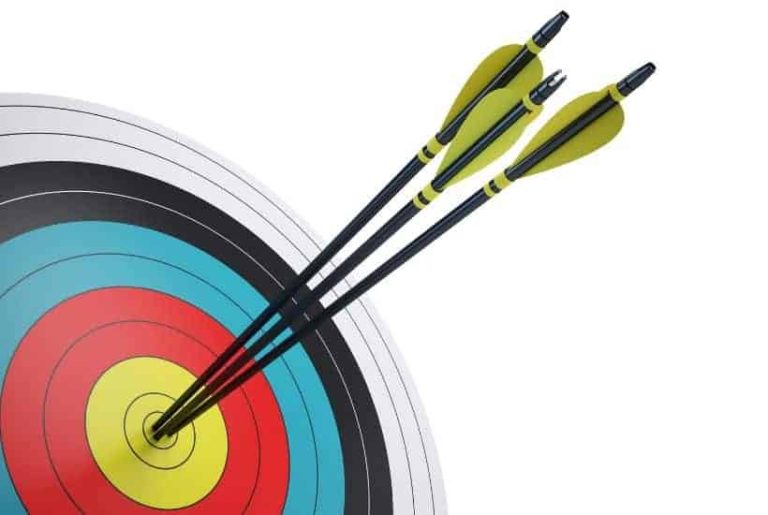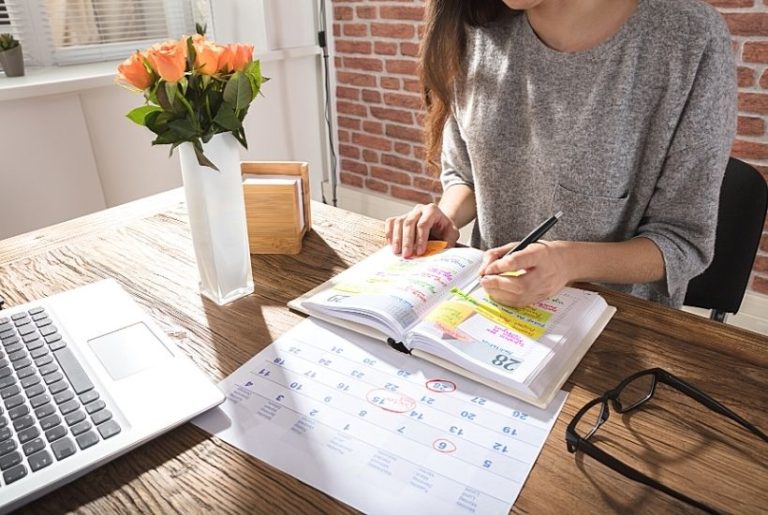Prepare for Success: Organize Your Well-Run Homeschool
This post may contain affiliate links. For more information, please read my disclosure policy.
Do you hear that dreaded call in the morning, “Mom, where’s my math book?” Nothing is worse than beginning the morning searching frantically for homeschool supplies so the kids can get started. It’s happened to me too many times.
Prepare for success and get organized!
The secret to avoiding that dreaded call in the morning is to set yourself up for success by getting organized. If the homeschool is organized, you’ll know where to find the pencils and the math book will be neatly stored in its spot.
So exactly how do you organize your homeschool?
Children’s School Supplies
In my homeschool, there are several layers to my organization. The first layer is my kids’ school supplies. This means their pencils, pens, scissors, notebooks, textbooks, colored pencils, protractors, compasses, etc. Anything and everything they might need to complete that day’s schoolwork.
While many families keep pencils and scissors available for the entire family, I don’t. My kids homeschool throughout the house. One child set up a table next to my desk. My 11th grader has claimed the dining room table this year so she can spread out to her heart’s content. Other children prefer to study in the kitchen or the upstairs hallway.
Every August I go through and purchase individual school supplies for each child along with a pencil case. Each child has their own pens, pencils, pencil sharpener, colored pencils, scissors, etc. It changes a bit per child. The youngest children have crayons and glue. My older children have protractors, compasses, and rulers.
School supplies are carefully stored and dropped into each child’s crate.
Crates Are Awesome
A few years ago I ended up with a dual problem. The kids spread out throughout the house and needed to be able to haul their school supplies with them. I also needed a safe place to store the countless notebooks, textbooks, and binders that appear when homeschooling a large family.
So I assigned each school-age child a crate. All of their individual school supplies are carefully, or carelessly, placed in the crate: textbooks, pencil cases, notebooks, binders, and papers galore.
The crates are stored under chairs and coffee tables throughout the house. It’s neat and out of sight.
Much to my surprise, the kids adored the solution. Now they could grab the crates in the morning and get right to work. No more wailing about lost textbooks. No more fighting over pencils. No more frantic searches for math notebooks.
Crates make for an organized and peaceful house.
The Homeschool Bookshelf
It’s safe to say that not everything is going to fit into the crates. Homeschool reference books need a home where everyone can access them. So do read-aloud, history books, and art books. In fact, any book or text being used by two or more children need to be stored in an accessible spot.
Assign a bookshelf for homeschooling and keep all your general homeschool books there. I also keep any library books there as well. They don’t get lost!
Teach your kids to return the books to the homeschool bookshelf when they’re done. Otherwise, you’ll spend part of each day searching bedrooms, crates, and tables for the needed books tomorrow.
My kids now return the books, but they never place them neatly on the shelf. The books are left in one huge pile every afternoon.
Ah well, at least we can find the books!
Paper, Papers Everywhere
Education uses a lot of paper. There are the worksheets, coloring pages, and maps that need to be printed for the homeschool. Math sheets take over the house. Spelling pages wander through the kitchen. The artwork buries the refrigerator.
The secret is to have a plan for the paper. In my case, I print most of the worksheets, coloring pages, and maps during the summer and file them. I’m a bit absentminded and have forgotten many times to print or copy the needed pages over the weekend, so I do it over the summer.
Having the pages printed and filed means I can just pull them out of my filing system every week and were ready to go.
But what about the papers after the kids have completed the work? The answer is portfolios.
Portfolios
Each child has a colored 3-ring binder with dividers. The dividers change per child, but generally, there’s a divider for English, history, science, math, Latin, and art. This year I’m also including a divider for the presidents’ book we’re creating.
All papers I want to keep go into the portfolios. I don’t worry about individual math lessons, but math tests definitely go into the binder. Essays, paintings, composer notebook pages, Latin quizzes, and a list of literature books read.
Basically, anything I want to hold onto for future reference goes into the portfolios. At the end of the year, I pull out the pages and put them into storage.
Remember that a well-run homeschool isn’t perfectly organized or planned. It’s possible to spend hours a day trying to find the perfect organizational system and never actually get around to homeschooling your kids.
Instead, look for a simple, but effective system, that’s just organized enough to maximize the time you spend homeschooling without wasting time searching for supplies.
Is your homeschool just organized enough to be effective?
Don’t miss the other posts in the series 31 Days to a Well-Run Homeschool!









